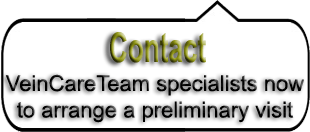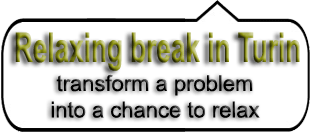How to treat
chronic venous disease (CVD)
Ever since international trial results have highlighted the superiority of endovascular techniques (laser, radiofrequency) and sclerotherapy, the use of traditional surgical techniques (stripping) has not been supported by any scientific evidence.
By accurately mapping the venous disease during the preliminary visit, the specialist
will be in a position to decide upon the best treatment to cure the condition and advise
the patient accordingly.
The colour Doppler ultrasound and discussion with the
patient, both of which are performed during the same preliminary visit, are therefore
key to choosing the correct treatment.
Endovascular techniques (laser and/or radiofrequency) allow varicose disease to be treated under local anaesthetic (without an epidural), and with no surgical incisions that would require stitches, with optimal aesthetic results and less post-operative pain. Patients can also resume normal activities immediately: after one hour the patient can resume walking normally, wearing a stocking that facilitates hip, knee and ankle movement.
Sclerotherapy is a medical procedure by which a medicine is injected into the affected veins.
The medicine chemically destroys the vein walls, which are then reabsorbed by the body thereby curing the condition.
This procedure can be applied to any type of blood vessel, from capillaries (telangiectasias) and small varicose
veins to diseased venous trunks like the great or small saphenous vein.
The injection technique, drug and
concentration will vary depending on the type of vein being treated, "customising" therapy so that it
is as suitable and effective as possible.
This gives rise to the potential use of sclerosing foam
(scleromousse) or ultrasound to increase the safety of the injection procedure
(ultrasound-guided sclerosis/ultrasound-guided foam sclerotherapy).
Choosing the best treatment is always a medical decision that follows an appropriate clinical and instrumental diagnosis. Treatment is performed on an outpatient basis and anaesthesia is not required.
After surgery, elastic compression therapy (stockings) or bandaging of the treated area may be required.











